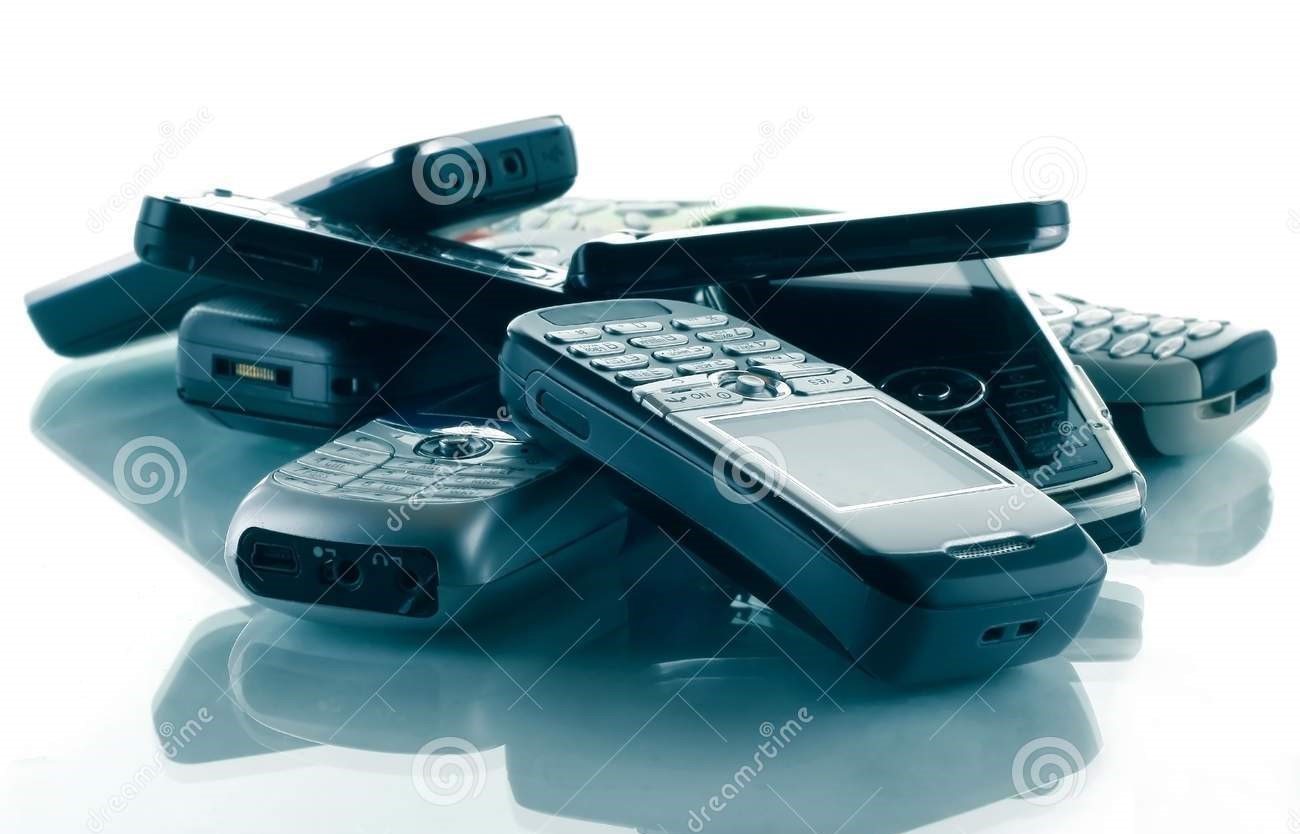 Source: https://www.dreamstime.com/stock-photo-phones-image8604700
Source: https://www.dreamstime.com/stock-photo-phones-image8604700
The cell phone market is congested, with hundreds of brands vying for your attention. It’s easy to get confused by all the options, but one thing that’s always remained constant? The need for reliable devices that work well and last long. There was a time in the nineties and early 2000s when mobile phones were released almost every day, leading to many new and unknown brands competing for market share. While a few well-known brands continue to thrive today, many small companies struggled to survive the first few years and eventually bowed out. In this article, we’ll take a look at some defunct mobile phone brands that no longer exist:
Sony Ericsson
Sony Ericsson was a mobile phone manufacturer that made its debut in 2001. It was formed by the merger of SE Mobile Communications AB and Sony Ericsson Mobile Communications AB, both Swedish subsidiaries of Sony Corporation. The company had been working on developing new technologies for mobile phones since 1991, and in 1997 it launched what is considered its most famous product: The Walkman MP3 player (a portable cassette player). Sony Ericsson merged with rival Nokia Corporation in 2012 to form one company with total sales worth over $50 billion annually at its peak time before being acquired by Microsoft Corp.
Siemens
Siemens was a German company that made mobile phones. It was the first company to make the first mobile phone, and it was also one of the world’s most thriving mobile phone companies. In 2007, Nokia bought Siemens for $4 billion.
Motorola
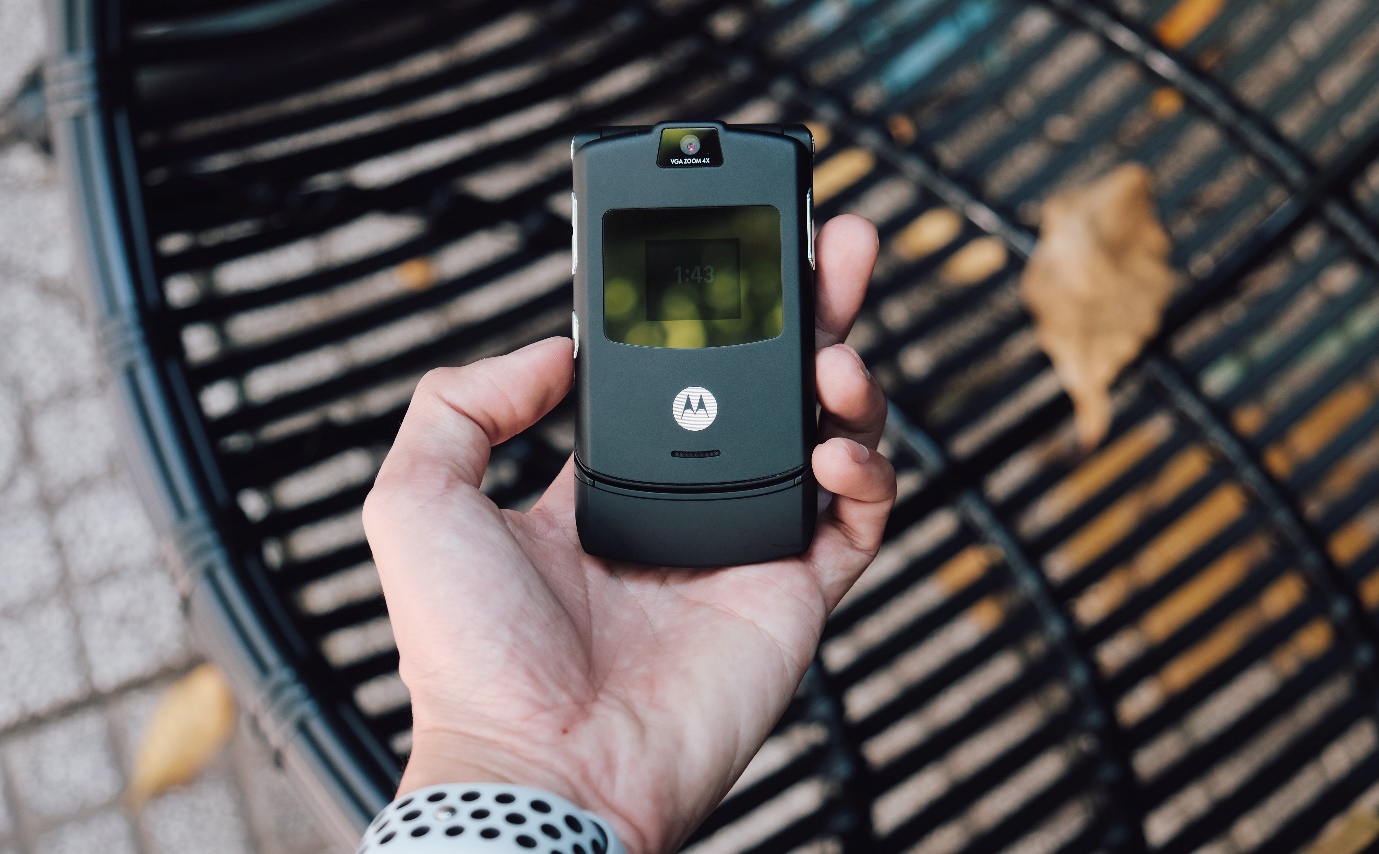 Source: https://unsplash.com/photos/3xezLdRLdHw
Source: https://unsplash.com/photos/3xezLdRLdHw
Motorola was a mobile phone manufacturer. It was founded in 1928, and it became one of the first companies to manufacture cellular phones. In 1992, Motorola acquired the assets of Advanced R&D Systems (ARES), which included the rights to produce and sell wireless telecommunication products such as portable phones and pagers.
In 2005, Google acquired Motorola Mobility for $12.5 billion—the largest acquisition ever made by Google then and renamed it Motorola Solutions Inc. The acquisition enabled Google’s Android operating system to be used on smartphones with integrated cameras and other devices such as tablets or laptops. It could run multiple apps simultaneously thanks to its multi-core processor architecture.
BlackBerry
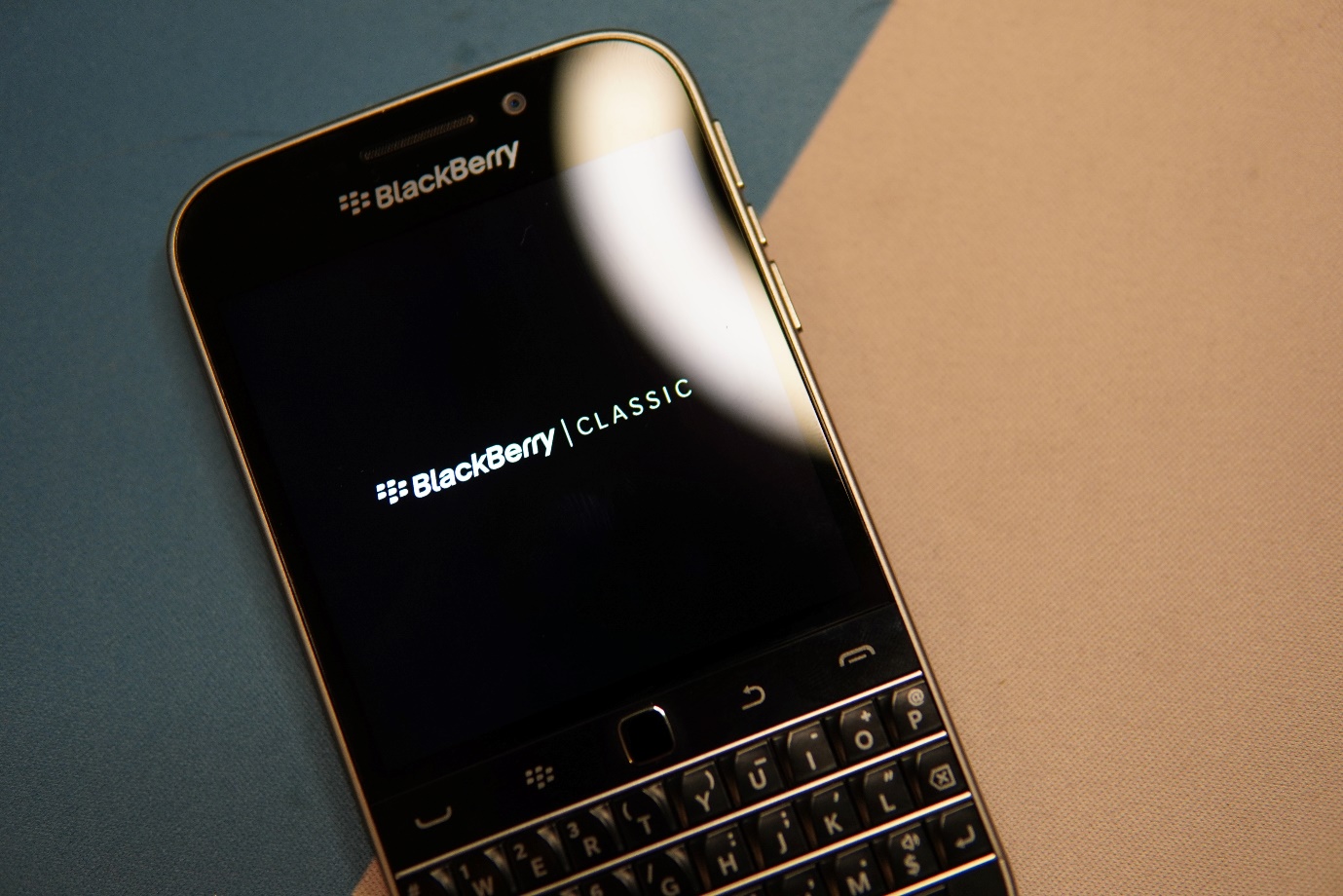 Source: https://unsplash.com/photos/FPmk3wxfu40
Source: https://unsplash.com/photos/FPmk3wxfu40
BlackBerry was a Canadian company that produced smartphones, tablets and other mobile devices. It was the first to offer an email-enabled touchscreen phone in 1999, and it also became the first to sell a smartphone running what’s known as Android, which Google developed at its Mountain View headquarters in California. BlackBerry’s most successful product line was its business-focused smartphones called “One Series.” The company discontinued this line after selling its last device (the Curve 9330) in 2012 because it couldn’t compete with other similar products at lower prices or better features.
Alcatel
Alcatel was a French mobile phone manufacturer founded in 1999. Sagem acquired the company in 2005, and its phones were sold under the brand name Sagem. In 2010, Alcatel was shut down due to financial difficulties.
ZTE
ZTE was founded in 1985 by a group of Chinese students and engineers. The company became the first company to launch 3G technology in the world. In 2008, it became one of the top five global mobile phone manufacturers by revenue. In 2014, ZTE was accused by U.S intelligence agencies of selling sensitive military equipment to Iran despite sanctions against doing so; these allegations were later confirmed when additional evidence came out showing that they had done so for many years.
Conclusion
To conclude, the cell phone market is highly competitive and not everyone’s cup of tea. Many brands have been discontinued or are no longer in production. Here’s an index of some of the most renowned ones: Nokia (1857), Siemens (1955), Motorola (1973), Sony Ericsson (1991) and BlackBerry (2012).
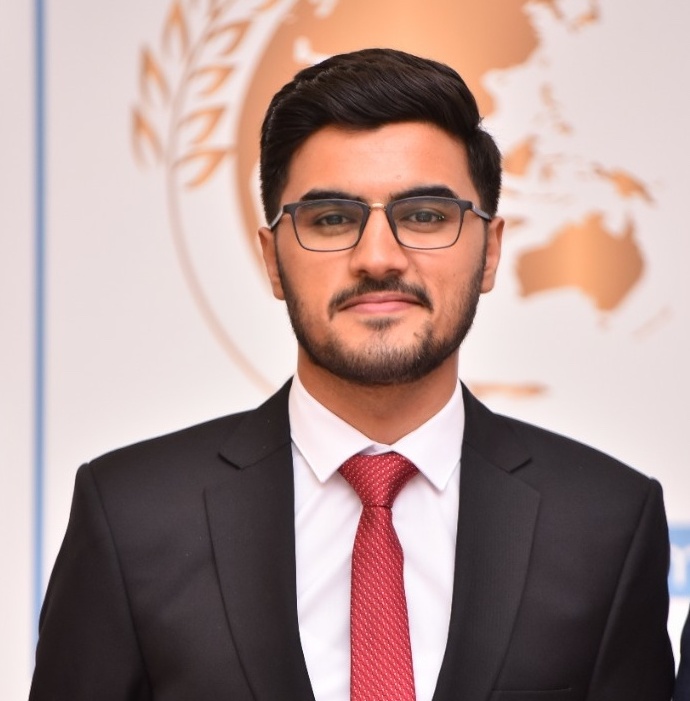
Muhammad Asfandyar is a lawyer having extensive experience in creative content writing, proofreading, legal and academic research writing. He can be reached at asfandyar.edw@gmail.com

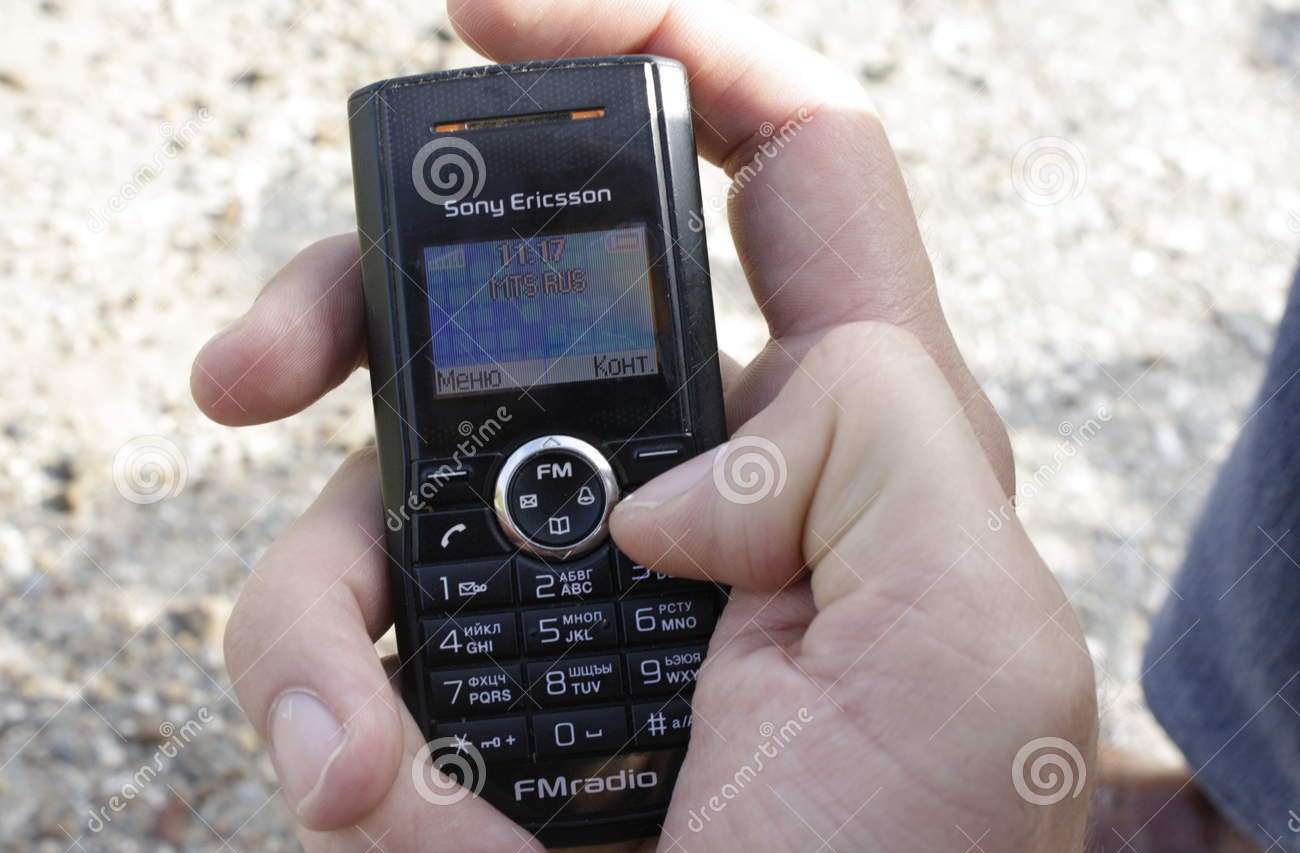 Source:
Source: 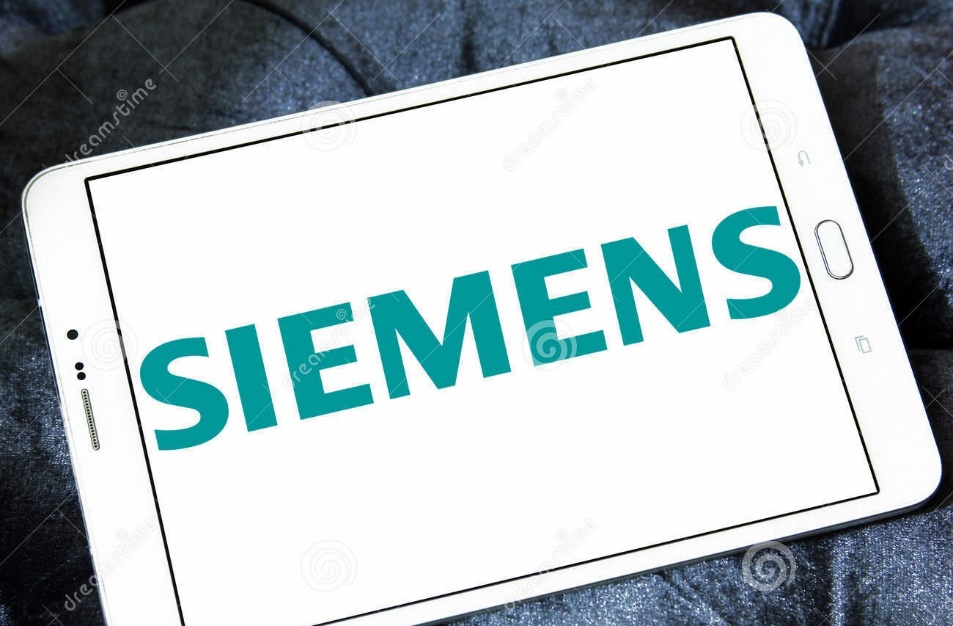 Source:
Source: